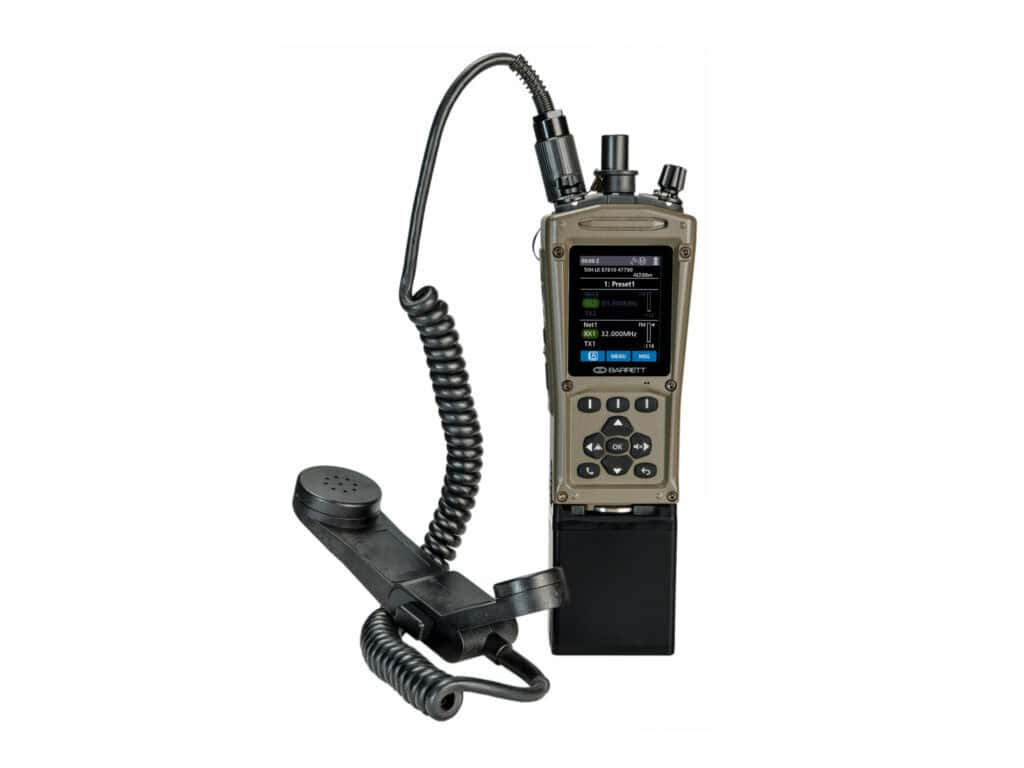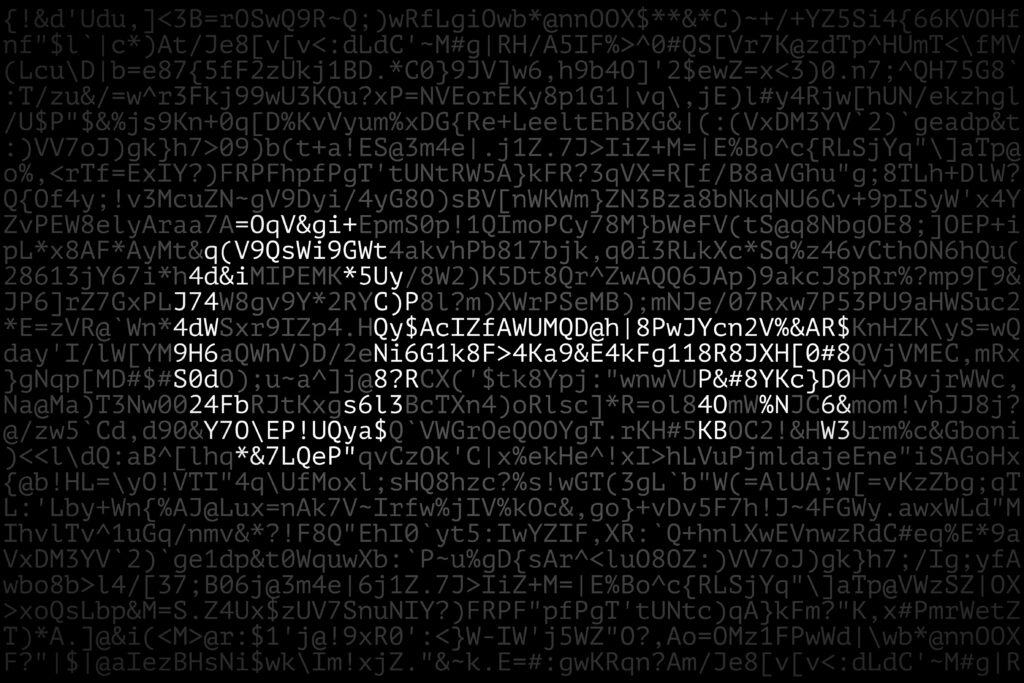How secure is HF radio?
How secure is HF radio?

Whether used for humanitarian, critical or military communications, security is essential in high frequency (HF) radio transmission. But just how secure is HF radio? It depends on the equipment being used.
Let’s take a closer look at three security options available when using HF radio.
Encryption
Voice and data transmitted over Barrett Communications HF radios can be secured through a number of encryption options, including DES (Data Encryption Standard) 56 and AES (Advanced Encryption Standard) 256. Encryption scrambles a message according to a particular algorithm, which can only be decrypted with the same key the broadcaster used. To any party without the key attempting to listen to the transmission, it is indecipherable.
The Barrett Communications PRC-2090 tactical HF system also features front-panel connectors that allow for interfacing with external OEM voice crypto devices. This facilitates interoperability with security hardware from other vendors – a key requirement for many users of HF radio systems.
Secure Call
The Barrett Secure Call option provides HF radio operators with a secure speech path using an in-band hopping technique. This feature is simple to use, just requiring the setup of a four-digit PIN on each radio.
Secure Call enables point-to-point and point-to-multipoint (group calls) communication between radios within a network. If any radio drops out of the call, an operator will need to re-establish the link using the Secure Call method.
This feature is similar to military frequency-hopping systems, but it uses an assigned narrow-band frequency of 3KHz instead. Secure Call in-band frequency changes occur at four or 15 times a second, depending on the user’s selection.
Frequency hopping
It’s virtually impossible to listen in on a secured transmission when it keeps shifting to different broadcast frequencies. This is the theory behind frequency hopping – broadcasting over a rapidly changing number of frequencies according to a set pattern. Transceivers that are programmed to follow a corresponding hopping pattern can keep up without interruption, while others are unable to intercept the broadcast.

Frequency hopping options on Barrett Communications radios can work independently in the field without the need for synchronisation from a central control point. With an 8-digit hopping encryption key and hopping rates of 5 to 25 frequency shifts per second, this configuration offers the highest level of security in transmission. Frequency hopping is subject to Australian Department of Defence export license.
From military HF to humanitarian or fallback communication needs, keeping transmissions secure is a high priority. To learn more about how Barrett Communications can assist your organisation, contact a representative today.







Pingback: Know your HF security options - Barrett Communications